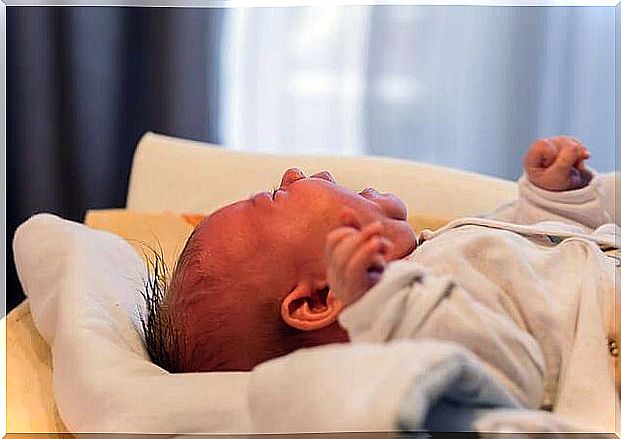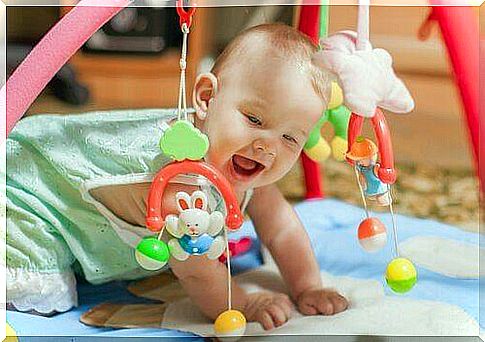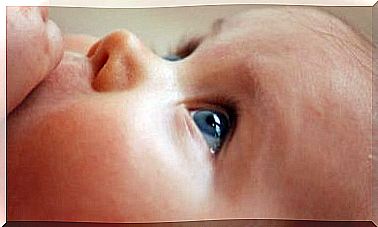Keep Your Head Upright – A Milestone For The Baby

Most importantly, it should be remembered that infants are delicate and fragile. At birth, their muscles are not yet strong enough to perform precise movements or support the limbs, so their movements are weak and uncoordinated. Even if many parents are longingly waiting for the time when their baby can hold their head upright, you have to be patient. If he can hold his head up, the parents are likely to be very proud. However, the natural processes of physical development should not be accelerated or even neglected.
In its first year of life, the baby is in basic development. This covers different systems of the body and of course includes the nervous system and muscles. As the months go by, babies learn to control their bodies better as their muscles gain size, strength, and endurance.
When can babies keep their heads upright?
Children’s motor development begins with the very muscles that hold the head upright. The development of these muscles usually starts from the fourth month of life. However, it should always be kept in mind that the rate of development can vary without creating a problem for infants.
Before the age of 3 or 4 months, the child can try to lift his head and hold it in this position, but it cannot do this for more than a few seconds. During these months, the baby begins to develop behavior from pure reflexes towards more conscious and purposeful actions.
As soon as your baby can hold their head upright, their shoulder and back muscles will continue to develop, which will soon ensure that they can sit up. As a result, the extremities are strengthened. This is the prerequisite for learning to walk.

In summary, the movements that the baby learns over time develop in the following order:
- First month: checking the direction of the head to direct the gaze.
- Second and third months: control of the body and limbs, without coordinated control.
- Fourth to sixth months: During this time, babies usually learn to keep their heads upright.
- From the sixth month: From now on, the baby’s movements become more focused and powerful. It learns to move independently. At first it crawls and later it takes its first steps.
Keeping your head upright: can you support the baby?
To a certain extent, parents can support the physical development of their infant through certain measures , even if they cannot speed up the process. These range from carrying the baby responsibly to doing some light exercises. Over time, the muscles develop and the baby has the strength to move different parts of the body in a coordinated manner.
The best thing you can do for a baby around 6-8 months old is to let them lie on their tummy. It will try to lift its head on its own and gradually strengthen its muscles to explore its surroundings.
Another exercise is to lay the baby on their stomach and hold their hands to gently help them straighten up. Very important here: make sure that you are not overexerting your baby with this exercise.
What if it doesn’t lift its head?
Some babies may have a slight delay in their motor development without it becoming a major problem. However, if your baby is three years old and has not yet developed important skills, you should tell your pediatrician at one of the checkups.

Keeping your head upright: what to watch out for
Until your baby is in full control of their movements, you should be well informed about the development of the baby’s movements. You should also avoid sudden movements and use a sling for support or hold your head upright with your hand and generally always support your head when you are carrying it if you cannot do it yourself.
Also, be careful not to trip over with the baby, fall over while walking, and avoid all kinds of toys that can lead to unexpected movements. Be very careful to avoid unnecessary injury or complications, and hold your baby’s head until they are completely under control of themselves.
Once your baby can hold their head upright, you will find that they will make more progress in no time. His interest in getting around and exploring the world will increase. We are sure that your little one will start crawling in a few months – go with your baby and support him in this wonderful time of his life!









